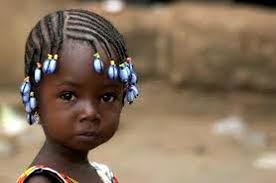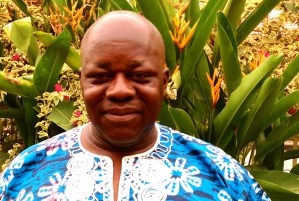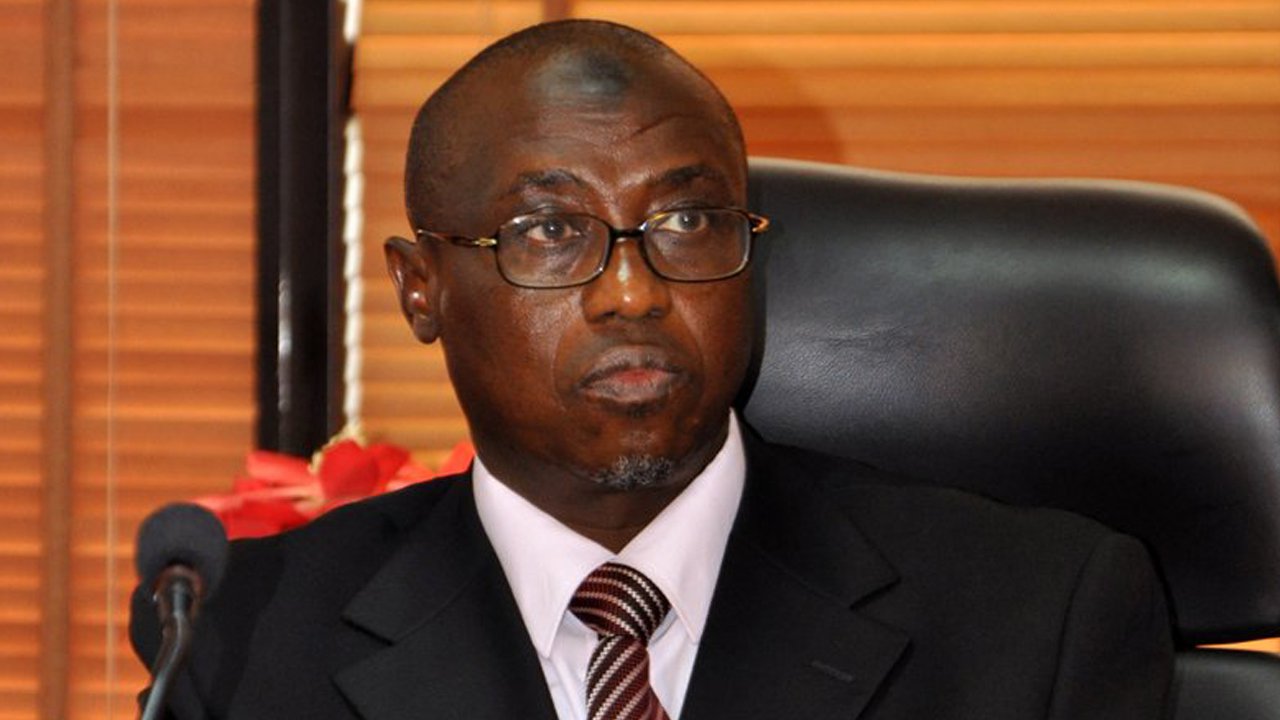The Girl-Child education in Zamfara State

It is a particularly humid April morning at the Government Girls Day Secondary School, Gusau, where Mariam and 63 other classmates sat as the teacher introduced a new topic in Chemistry. It is one of the revision classes to prepare these female students for the West African Senior School Certificate Examination. Even my presence and camera did little to break their rapt attention.
Two years ago, about 200 kilometres from Gusau where Mariam and her friends were preparing for their exams, another group of female students were undergoing similar exercise before tragedy struck. That tragedy shook Nigeria and drew international attention for months after 276 female students were kidnapped by Boko Haram from Government Girls Secondary School in Chibok, Borno State.
The Chibok Girls, have proved to be a watershed in Nigeria’s fight against Boko Haram insurgency. Two years after, the North East ravaged by the war is springing to life again. However, a worrying scar is the damage done to female education in Northern Nigeria. While there is no concrete data to compare enrolment rates in primary and secondary schools before and after the tragic incident, it is evident that some damage was done to the psyche of parents.
That unfortunately is a rather unpleasant complication to a grim reality. The global figure for out-of-school children is estimated at 121 million, 65 million being girls and over 80 percent of these girls live in Sub Saharan Africa. According to UNICEF, 40 percent of Nigerian children aged 6 -11 do not attend any primary school with the Northern region recording the lowest school attendance rate in the country, particularly for girls. Despite a significant increase in net enrolment rates, it is estimated there are still 10 million out-of-school children in Nigeria, mostly girls.
Zamfara has proved, in recent years, to be the positive aspect in the cloud of female education in Northern Nigeria. The state has the highest enrolment figure for primary and secondary school in the North West, and third highest in North West and North East combined. Indeed, Zamfara is the only state in the North West and North East to have more girls than boys in the past two years. The numbers of girls that enroll and complete their education up to WAEC have also increased by 40%. In 5 out of 14 local government areas, there are more girls than boys in public and private primary schools.
Close to the Government Girls Day Secondary School is Government Girls Arabic Secondary School, a manifestation of the strategic purposefulness with which the government has pursued improvements in girl child education. Most parents do not send their girls, to public school and prefer to send them to Qur’anic schools. One of the secrets to getting parents to enroll their girls, and keeping them there is the provision of alternative school structures and curriculum, an example of which is the Arabic primary and secondary schools in the state. For instance,Government Girls Arabic Secondary School sits close to Government Girls Day Secondary School. Both are girls’ only secondary education institutions. The availability of such diverse options has made it possible to convince parents to send their girls to school.
The School for Continuing Education for Women, Gusau is yet another example of the state at ensuring that girls are trained, educated and empowered to compete. Many girls do not attend school because their labour is needed at home. The burden of catering for the family is often placed upon the girl child. The consequence is that many are unable to complete their education. This gap is what the state government has managed to bridge.
Government Girls College in Talata Mafara is the only female science school in Zamfara and one of the few in the North West. This is where future female doctors and engineers are being trained.
This story of girls in Zamfara who are defying all odds in the pursuit of education will not complete without mentioning the investments by Governor Yari Abubakar. Abubakar has taken steps in raising the standard of education in the state. More than 300 new blocks of classrooms were constructed and commissioned in the first year. A 7,000 capacity teachers training centre was built in Gusau fully equipped with ICT facilities.
The administration has gone to great lengths to take Zamfara out of the bottom rung of WAEC pass rates. In 2016, the state’s budget shows the government is serious in reducing the number of out-of-school children.
This is the kind of good news Mariam and the other girls in the state need to inspire them for the challenges ahead.








